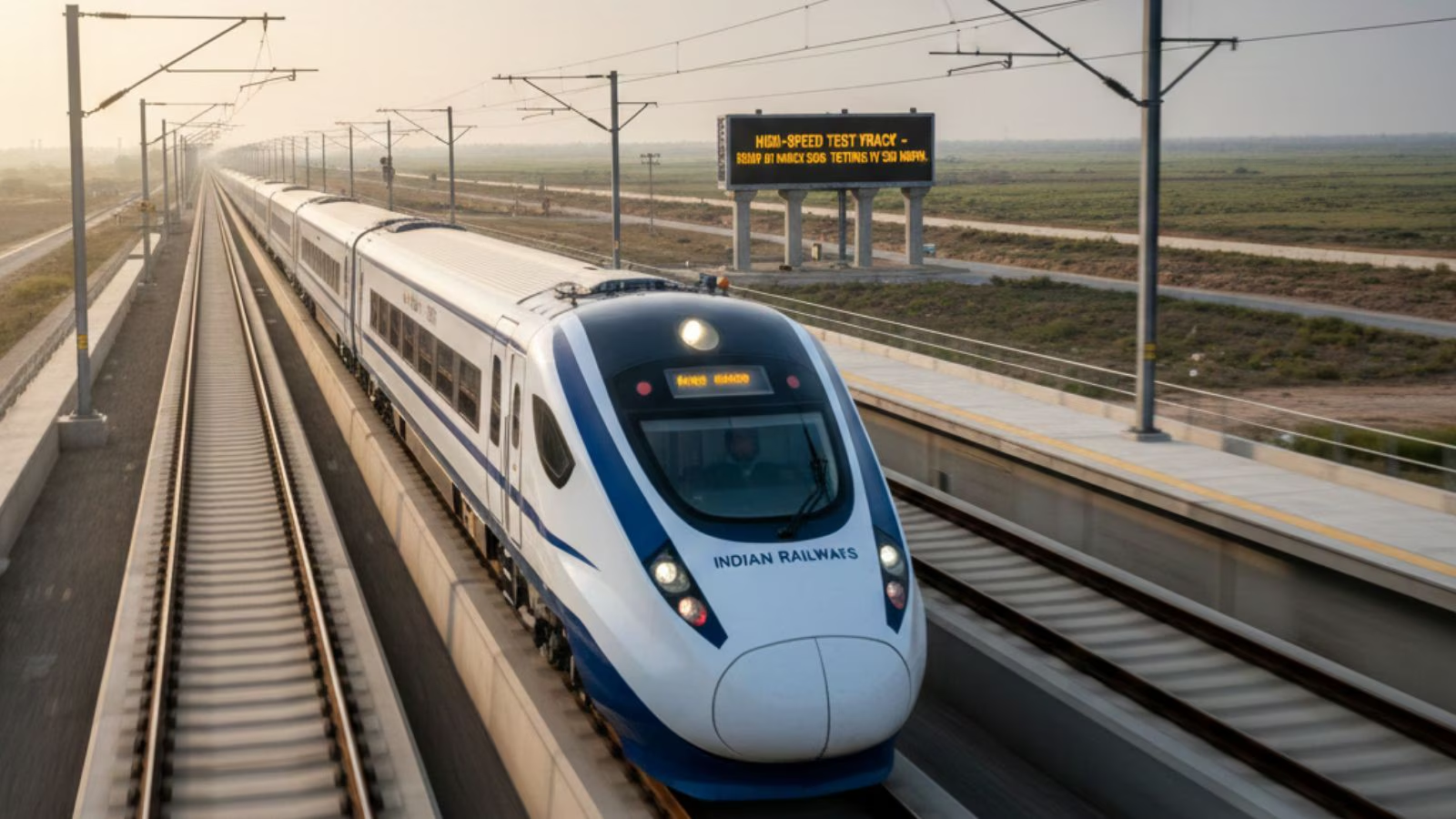On Friday (April 26), the Supreme Court dismissed a petition calling for 100% verification of Voter Verifiable Paper Audit Trail (VVPAT) slips with the Electronic Voting Machine (EVM) count. The bench, consisting of Justices Sanjiv Khanna and Dipankar Datta, rejected three pleas: returning to the paper ballot system, providing voters with printed slips from the VVPAT machine for verification and counting, and 100% counting of VVPAT slips in addition to electronic counting. The court made these decisions after considering the existing protocol, technical aspects, and available data.
However, the court did mandate certain specific changes. Here’s what has and hasn’t changed:
What remains the same:

For voters, the Supreme Court’s ruling brings no change. Voting will continue to be conducted using EVMs, all of which will be connected to a VVPAT unit. Furthermore, in line with current provisions, VVPAT slips from five randomly selected Assembly constituencies or segments will be counted to verify the EVM count. The petitioner, the Association for Democratic Reforms, had requested 100% counting of VVPAT slips.
What has changed:
While the Election Commission’s (EC) polling organization remains largely unchanged, the Supreme Court has directed the EC to implement some new post-poll procedures. For the first time, the court has instructed the EC to seal and store the symbol loading units (SLUs) for 45 days after the results are announced. SLUs, which are memory units first connected to a computer to load election symbols and then used to input candidates’ symbols on the VVPAT machines, will now be opened, examined, and handled in the same manner as EVMs.
According to EC sources, one to two SLUs are used per Assembly constituency to load symbols onto VVPATs. These will now be stored for 45 days in case any election petitions are filed concerning them.

Additionally, the Supreme Court has enabled candidates to request verification of EVMs — another first. Candidates who finish second or third can request verification of the burnt memory semi controllers in 5% of EVMs per Assembly segment of each Parliamentary constituency. This verification will be conducted by a team of engineers from the EVM manufacturers after the candidate submits a written request.
As per the judgment, candidates or their representatives can identify EVMs by the polling station or serial number. The request for verification must be submitted within seven days of the results being announced, and candidates will be responsible for the costs, which will be refunded if the EVM is found to have been tampered with, the court stated.
Other suggestions from the Supreme Court: In addition to these two directives, the court suggested that the EC “examine” the proposal that VVPAT slips could be counted using a counting machine instead of manually. It was suggested during the hearing that VVPAT slips could have a barcode printed on them to facilitate machine counting. However, the court refrained from commenting on this suggestion, stating that it was a technical aspect that would require evaluation.















